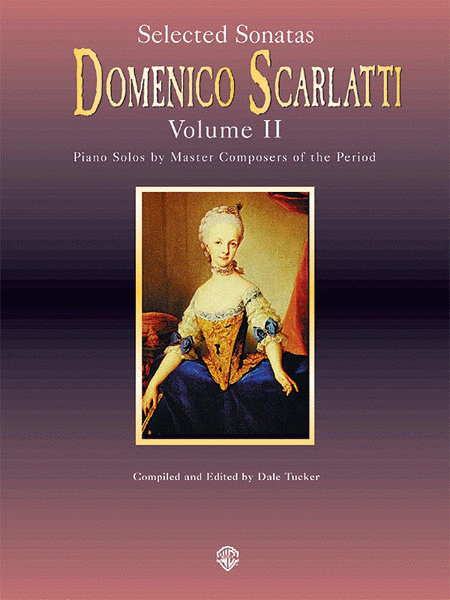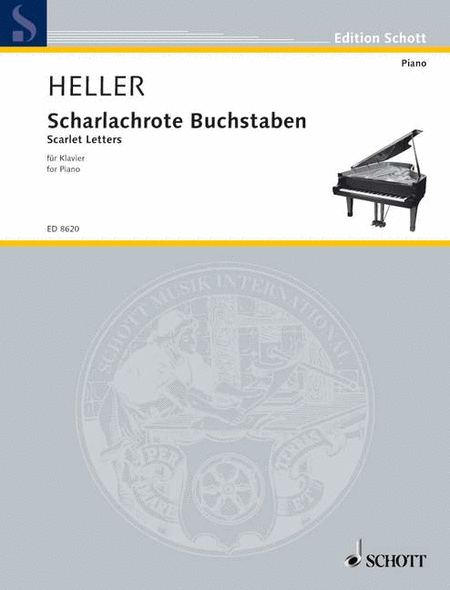Domenico Scarlatti (1685 - 1757)
 Italie
Italie
Giuseppe Domenico Scarlatti (October 26, 1685 ? July 23, 1757) was an Italian composer who spent much of his life in the service of the Portuguese and Spanish royal families. He is classified as a Baroque composer chronologically, although his music ... (Read all)
Source : Wikipedia
 Italie
ItalieGiuseppe Domenico Scarlatti (October 26, 1685 ? July 23, 1757) was an Italian composer who spent much of his life in the service of the Portuguese and Spanish royal families. He is classified as a Baroque composer chronologically, although his music ... (Read all)
Source : Wikipedia
Intermediate Level : Grade 3-5 Free sheet music of Domenico Scarlatti
82 sheets found sorted by:
| 1 21 ....81 | Next page free-scores › |
| 1 21 ....81 | Next page free-scores › |
Search
| ||||||||||||||||||||||||||||||||||||||||
© 2000 - 2024
Home - New releases - Composers
Legal notice - Full version

































